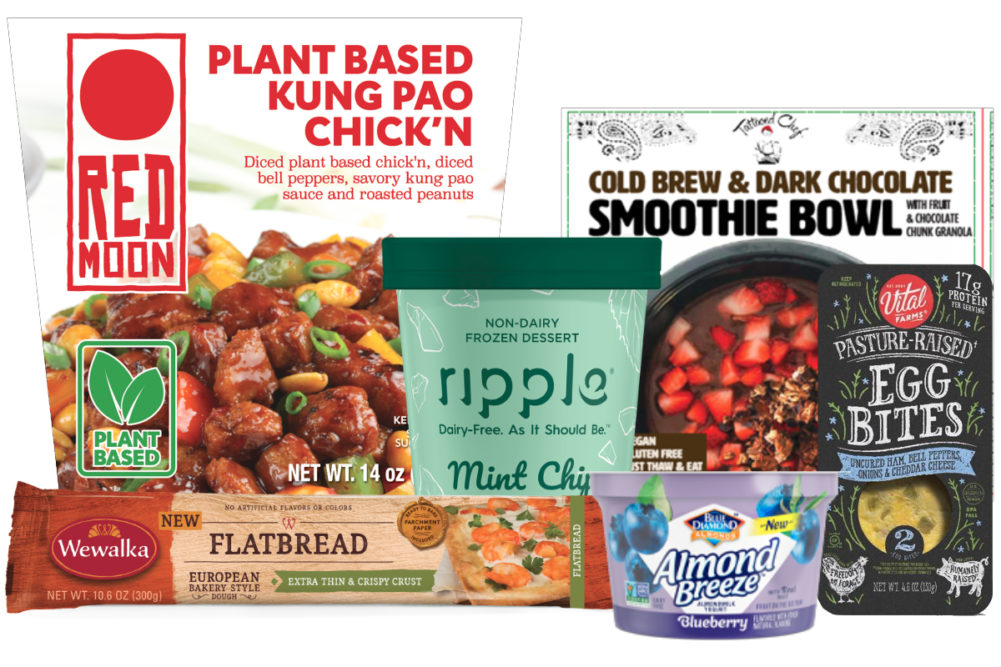The gains have come at a cost to consumers, with the price of frozen and refrigerated foods up between 8% and 9%.
“Consumers see that increase loud and clear in the store,” said Larry Levin, executive vice president of market and shopper intelligence at IRI, during an Oct. 21 presentation at the National Frozen & Refrigerated Foods Association’s 2020 virtual convention. “We need to be cognizant that price increases can scare consumers over time.”
It isn’t just price increases that have consumers worried. Eighty percent of Americans now say the current health and financial crisis will last longer than six months, up from 56% in March, and a majority think the United States isn’t doing enough to combat COVID-19, up from around a quarter in March.
Forty-two percent of consumers are buying enough groceries for at least one week, up from 38% in July. Thirty-seven percent are buying enough for two weeks, and 21% are buying enough for three or more weeks.
“This can create a whole new growth in penetration,” Mr. Levin said. “The opportunity and challenge is holding on to those consumers.”
E-commerce will be key to driving continued growth in the frozen and refrigerated categories, Mr. Levin said. The categories account for 8% of e-commerce sales from March to October.
“Those categories are beginning to make important dents, especially when you think about dairy,” Mr. Levin said.
Dairy sales are up $3 million year-over-year, a 126% shift, with butter up 18%, milk up 28%, cheese up 33% and yogurt up 29%. Consumers who increased spending in one category were more likely to increase in partner categories. Around 30% of milk increasers also increased consumption of milk and butter, IRI found, and 20% increased their yogurt consumption.
“There’s an opportunity for the four major categories to work closely together to drive sales within dairy,” Mr. Levin said. “You can clearly see the halo effect that is happening… Taste and nourishment obviously played a role, but so did nostalgia. Forty-one percent of consumers said they grew up eating cheese, so I think nostalgia has played a big role in what we’ve seen in the COVID environment.”
Most dairy sales still come from traditional grocery channels, but 24% of consumers are purchasing online, half of which report doing so for the first time.
“That’s a dramatic increase,” Mr. Levin said. “Seventy percent said they will continue buying dairy online. If we can continue to build that 24% and fuel that 70% who continue to buy again, that is going to set a great table for the influence of e-commerce on the dairy category, and we see similar trends in frozen.”
View slideshow of innovation highlighted at the NFRA virtual convention.





